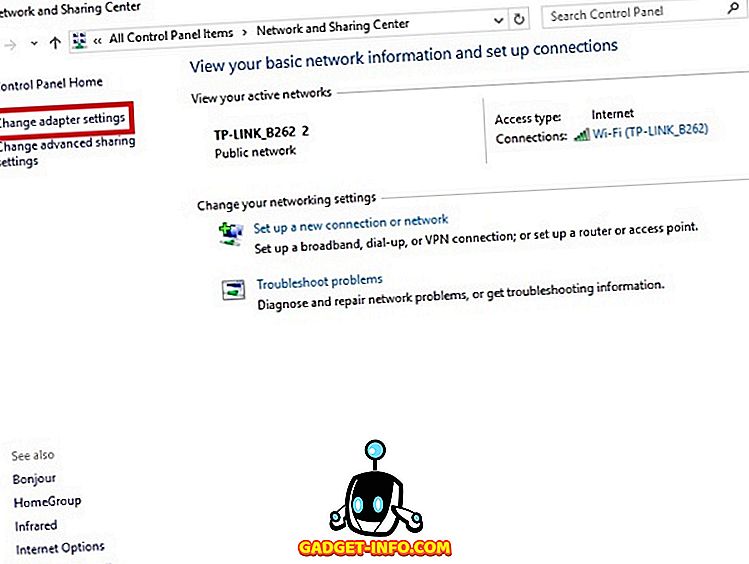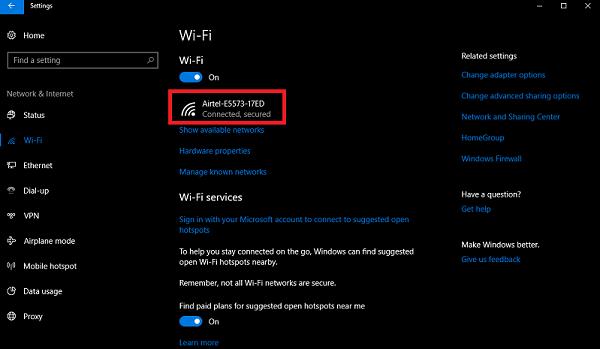
- #Change mac wifi address win10 full#
- #Change mac wifi address win10 windows 10#
- #Change mac wifi address win10 mac#
#Change mac wifi address win10 mac#
The first weakness is that the sequence number contained in WiFi frames is not reset when changing the (random) MAC address. So enable it! Unfortunately, it's not perfect, because there are still some ways to defeat or bypass it.

#Change mac wifi address win10 windows 10#
Randomization as implemented in Windows 10 significantly improves your privacy. In contrast, Apple changes the scanning address roughly every few minutes, which provides more privacy. Hence it doesn't change that frequently, but it's still sufficient to prevent tracking over extended periods of time. This "scanning" address changes every time you connect (and disconnect) from a network, and when you restart your device. Remark that if randomization is enabled, independent of the above options, Windows 10 will always use random MAC addresses when scanning for nearby networks. You can configure this through the following settings when you are currently connected to the network: In this case Windows will use the original address when connecting to a network. It's also possible to disable randomization for certain networks.
#Change mac wifi address win10 full#
While the presentation by Huitema partly described this process, our paper is the first to describe this formula in full detail. Finally, bits in the most significant byte of address are set so it becomes a locally administered, unicast address. Every interface has a different value of the secret parameter, to assure each interface gets different random MAC address. The secret parameter is a 256-bit cryptographic random number, generated during system initialization, and kept the same across reboots. Here SSID is the name of the network you are connecting to, real MAC address the original address of your network interface, and connectionId is a value that changes every time the user removes (and re-adds) the network (i.e., this value is updated if you "forget" the network under Windows 10). Technically, the random MAC address that is used to connect to a network is calculated as :Īddress = SHA-256(SSID, real MAC address, connectionId, secret) Nevertheless, compared to the old situation where you'd always use the original MAC address, it improves your privacy. There's one downside to this approach: since you always use the same address when connecting to a particular network, an adversary can learn when certain devices connect to specific networks. Therefore the system can still recognize you, and you don't have to pay twice. And if you reconnect to this network at a later point in time, Windows will reuse the previously generated address. The first time you connect, Windows will generate a random MAC address.

For example, let's say you want to pay for Wi-Fi access, and they authenticate you based on your MAC address. Interestingly, Windows avoids this issue by always using the same random address every time itĬonnect to a specific network.

Using a random MAC address to connect to a network can cause problems if users are authenticated (i.e., recognized) based on their MAC address. In this aspect Windows 10 offers better privacy than Apple.

In contrast, Apple only uses random addresses when searching for nearby networks, and it falls back to its original address when connecting to a network. What's very interesting about Microsoft's approach is that it also uses random MAC addresses when connecting to a wireless networks. As you can see, I have it enabled on my laptop.


 0 kommentar(er)
0 kommentar(er)
